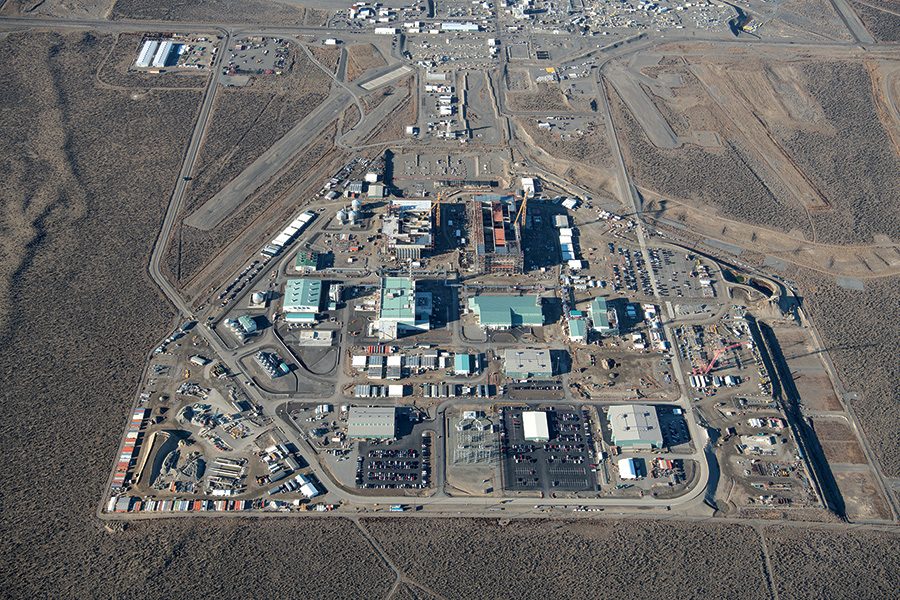
Home » You’ve heard about the vit plant, but do you know what it will do?
You’ve heard about the vit plant, but do you know what it will do?

April 16, 2021
Every community has a local language, terms that are commonplace to locals but baffling to visitors.
For the Tri-Cities, “vitrification” – the process of superheating nuclear waste with glass-forming materials for safe long-term storage – is one.
It has been bandied about since the 1980s as plutonium production ceased at Hanford and later, in 1989, when the U.S. Department of Energy, the U.S. Environmental Protection Agency and the Washington State Department of Ecology signed a binding Tri-Party Agreement that laid out a schedule for cleaning up Hanford’s toxic mess.
Thirty-plus years later, vitrification is almost a reality with the completion of all facilities at the Waste Treatment and Immobilization Plant, better known as the vit plant, needed to begin tank waste treatment via the Direct-Feed Low-Activity Waste (DFLAW) program, as Brian Vance, DOE Hanford manager, reports.
Vance and the contractors who played a role in building the complex facilities outline the technical accomplishments in this year’s edition of the Tri-Cities Area Journal of Business’s Hanford section.
As you thumb through this section, you will detect an air of celebration.
What, exactly, is DFLAW and what is vitrification?
Hanford’s “problem” has long been defined by the waste left over from the Manhattan Project and decades of nuclear weapons production: 56 million gallons of liquid and other nuclear and chemical waste stored in 177 leaking underground storage tanks.
DFLAW, which is still subject to testing, training and startup activities, will treat 90% of the low-level waste in the tanks starting in 2023.
“I’m incredibly proud of the team for this achievement,” said Valerie McCain, vit plant manager for Bechtel National Inc., the contractor, during a Jan. 6 virtual “key passing” ceremony to mark the occasion.
Notably, it occurred in the final days of the Trump administration.
Mike Menezes, then-Energy undersecretary, attended in person and discussed the final push that brought construction to a finish under the now-former president and his first Energy secretary, Rick Perry.
“Hanford is on the precipice of actual tank waste treatment. Decades of hard work are now paying off,” Menezes said.
Here is a look at vit plant basics and why 2020 and 2021 are unlike the
30 years or so that preceded them.
Vitrification means blending waste with silica and heating it to 2,100 degrees Fahrenheit in specially designed melters. The concoction is poured into cylindrical steel canisters to cool.
The glass blocks will be stored in a special landfill at Hanford’s Central Plateau, where radioactivity can “safely” dissipate over the coming centuries.
“DFLAW” means separating high- and low-activity waste to remove the more radioactive portions so that less radioactive waste can be immobilized through vitrification.
The approach will address 90% of the tank waste starting in 2023, after testing, training and commissioning, said U.S. Sen. Maria Cantwell, D-Washington, who commented on the “monumental achievement” during the virtual celebration.
“We are now a step closer to meeting our moral and legal obligations to restore the Hanford site,” she said.
To watch the DFLAW celebration, go to vimeo.com/494503023.
Go to bechtel.com/projects/hanford-waste-treatment-plant for more information.
Hanford
KEYWORDS april 2021





